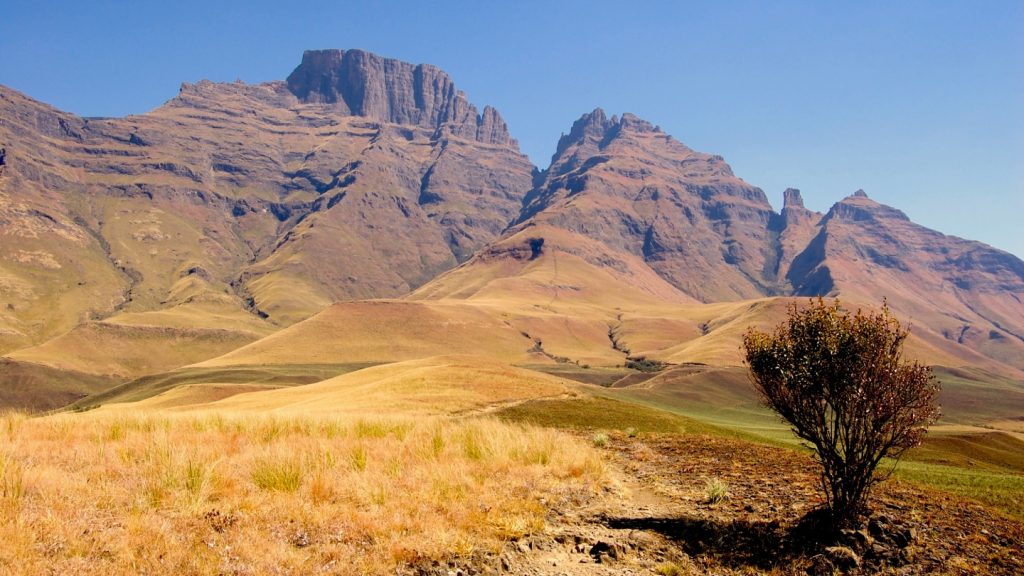For billions of years, the continents have been moving across Earth’s surface, with some undergoing changes due to mantle waves eroding their keels. Researchers propose that these mantle waves trigger the uplift of the continents’ surfaces to form unique landforms in areas far from active plate boundaries. This study builds upon previous research that suggested mantle waves also led to eruptions of diamond-bearing magmas known as kimberlites.
These landforms are associated with cratons, large blocks of ancient rock that make up the interiors of continents. Due to their thick and buoyant keels extending deep into the mantle, cratons have remained stable and avoided destruction in subduction zones. However, the presence of plateaus atop some cratons, like the Kaapvaal craton in southern Africa, has perplexed geologists, as they are generally located far from tectonic activity that lifts land.
In an effort to understand the origin of these plateaus, researchers utilized computer simulations to track the evolution of rifts within continents. They found that pressure changes beneath rifts caused mantle circulations that led to waves propagating laterally under the cratons. When these waves encountered a craton’s keel, they scoured material away and uplifted the continent’s surface like a ship losing cargo, creating stable plateaus that rose up to two kilometers high and extended for hundreds of kilometers.
The study also aligned their simulations with geological evidence by examining thermal history data from rocks in the Southern Africa plateau. The fastest rates of cooling recorded in the rocks matched the pace of migration of the mantle wave, further supporting the connection between mantle waves and the uplift of the surface. This research has brought together various hypotheses to explain the formation of these enigmatic plateaus in cratons that had been previously unexplained.
This study sheds light on the important role of ancient continental fragments like cratons in shaping Earth’s surface and influencing plate tectonics. By connecting geological observations with computer simulations, researchers have provided a plausible explanation for the formation of plateaus on cratons, highlighting the continuous influence of early Earth processes on the planet’s geological features. Additionally, this research underscores the complexity of Earth’s evolution and the ongoing importance of understanding its ancient history to comprehend modern geologic phenomena.
Overall, this study contributes to the evolving understanding of Earth’s geological history by proposing a mechanism for the formation of prominent landforms on stable continental blocks. Through a combination of simulations and geological data analysis, researchers have unraveled a mystery that had long puzzled scientists and connected disparate pieces of the puzzle to explain the origin of unique plateaus atop ancient cratons. This research highlights the dynamic and interconnected nature of Earth’s geological processes and the enduring influence of ancient tectonic events on present-day landscapes.


